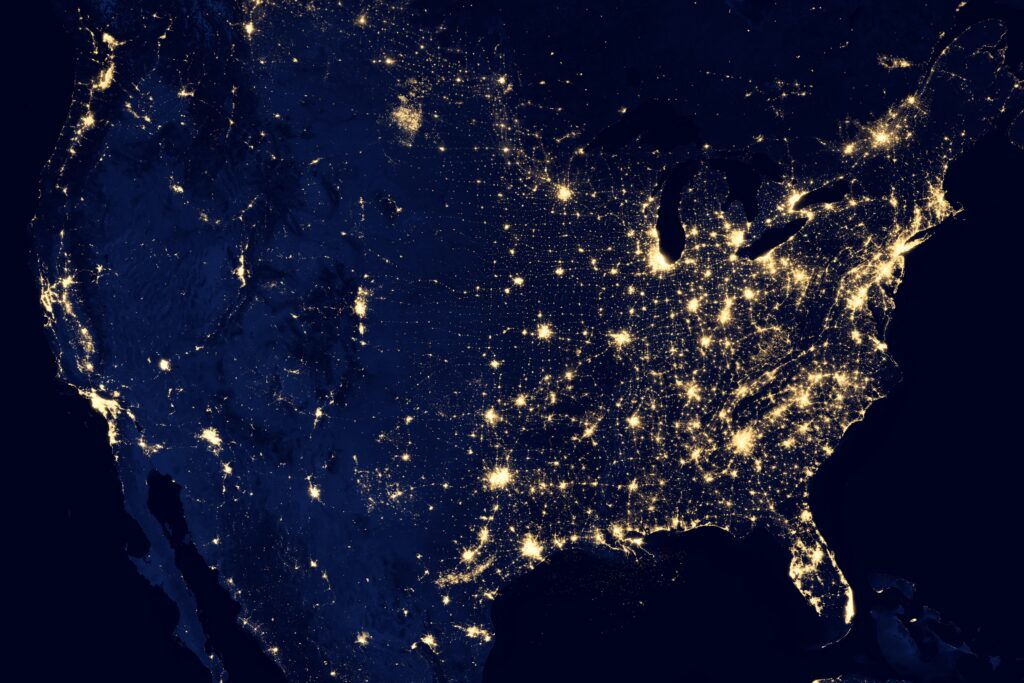 Since Facebook bought Instagram in 2012, advertisers have been looking as this as the holy grail of advertising potential. But it wasn’t until just recently, September 2015 to be exact, that Instagram opened its filter-filled gates to advertisers. Now advertisers have the opportunity to reach Facebook AND Instagram users…and all the data consumers share with those platforms.
Since Facebook bought Instagram in 2012, advertisers have been looking as this as the holy grail of advertising potential. But it wasn’t until just recently, September 2015 to be exact, that Instagram opened its filter-filled gates to advertisers. Now advertisers have the opportunity to reach Facebook AND Instagram users…and all the data consumers share with those platforms.
Instagram has become the go-to social media app for Millennials and Gen Z, and it’s the place for brands to reach those millennials and Gen Z users. The Facebook and Instagram marriage has brought a new level of advertising ability to Instagram, from static ads to video advertisements. To reach their growing user base, the image-heavy platform encourages brands to make their advertisement posts look like user posts–blurring the lines between advertisements and reality.
With the Carousel ad format becoming Facebook’s preferred format, Instagram has integrated this format into its platform as well. For one ad placement, Instagram advertisers now can show users multiple products or product views with a simple swipe. This increases the value of each ad placement without exorbitant cost increases, and user engagement.
Video advertisements are at a tipping point across all social channels and are quickly becoming a leader on Instagram. These advertisements on Instagram are basically a 15-second or, recently announced, 30-second spot for advertisers to reach Instagram’s 400 million users. TV advertising could never get that kind of targeted coverage unless millions are spent on one spot during the Olympics or Super Bowl.
Instagram advertising is making reaching large, targeted audiences feasible for brands and apps that don’t have 100 million dollar advertising budgets. And even those that do have to integrate these new opportunities into their advertising strategy to reach these ever connected generations that are quickly becoming the leading purchase decision makers.











